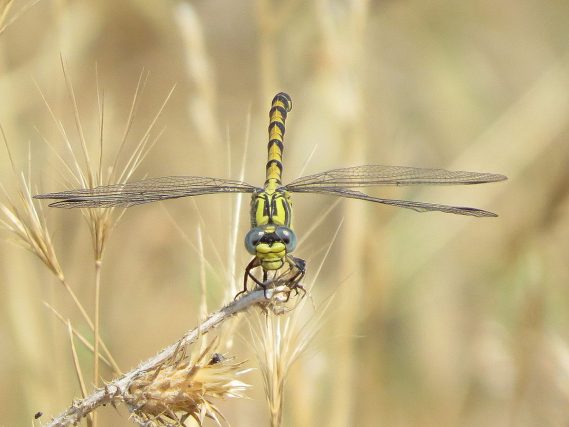The research of the Hadrys lab is concentrated on evolution, ecology, diversity and conservation of insects. Hereby we mainly work on different odonate species from Europe, Africa and the Neotropics. We investigate biodiversity, population dynamics, phylogenetic relationships, taxonomy, adaptation and speciation using modern molecular and bioinformatic methods from character based barcoding to transcriptomics.
Representative recent publications:
- Feindt, W., Oppenheim, S. J., DeSalle, R., Goldstein, P. Z., & Hadrys, H. (2018). Transcriptome profiling with focus on potential key genes for wing development and evolution in Megaloprepus caerulatus, the damselfly species with the world’s largest wings. PloS one, 13(1), e0189898.
- DeSalle, R., Schierwater, B., & Hadrys, H. (2017). MtDNA: The small workhorse of evolutionary studies. Front Biosci (Landmark Ed), 22, 873-887.
- Rach, J., Bergmann, T., Paknia, O., DeSalle, R., Schierwater, B., & Hadrys, H. (2017). The marker choice: Unexpected resolving power of an unexplored CO1 region for layered DNA barcoding approaches. PloS one, 12(4), e0174842.
- Herzog, R., Osigus, H. J., Feindt, W., Schierwater, B., & Hadrys, H. (2016). The complete mitochondrial genome of the emperor dragonfly Anax imperator LEACH, 1815 (Odonata: Aeshnidae) via NGS sequencing. Mitochondrial DNA Part B, 1(1), 783-786.
- Feindt, W., Fincke, O., & Hadrys, H. (2014). Still a one species genus? Strong genetic diversification in the world`s largest living odonate, the Neotropical damselfly Megaloprepus caerulatus. Conservation genetics, 15(2), 469-481.
